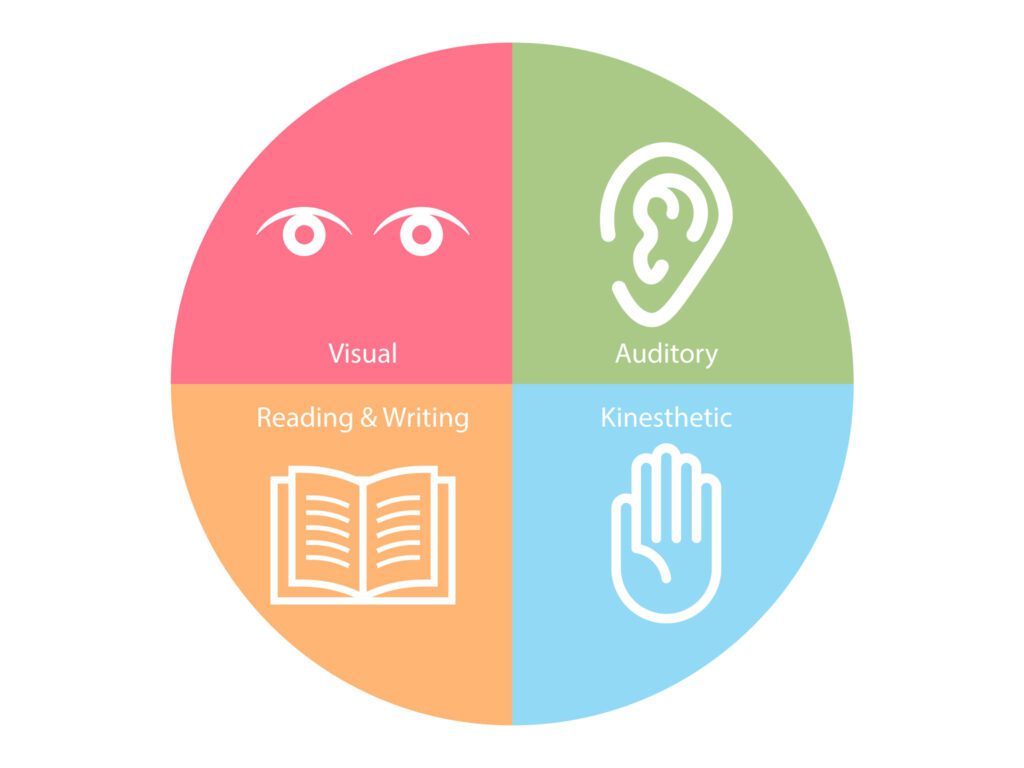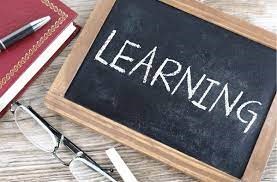Design Better Teacher Training
The concept of learning styles has long been a topic of interest and debate in both child and adult learning. The idea suggests that individuals have distinct preferences for how they learn best, such as visual, auditory, or kinesthetic modalities. However, recent research challenges the validity of this notion, casting doubt on its efficacy as a strategy for designing effective training programs for adults. In this article, we will explore the origins of the learning styles myth, delve into why it is an inadequate approach, and conclude by emphasizing the importance of recognizing individual preferences while promoting a diverse range of learning experiences.
Origins of the Learning Styles Theory
The notion of learning styles can be traced back to the time of Aristotle, but began to gain contemporary importance in the 1980s with the emergence of Howard Gardner’s theory of multiple intelligences. Gardner’s work proposed that intelligence is not a single entity but rather a combination of various intelligences, such as linguistic, logical-mathematical, spatial, musical, bodily-kinesthetic, and interpersonal intelligence, among others. This theory, however, did not explicitly focus on learning styles but contributed to the idea of individual differences in learning.
The concept of learning styles gained more momentum through the work of David Kolb, who introduced the experiential learning theory. Kolb advanced the idea that individuals engage in a continuous cycle of learning through four stages: concrete experience, reflective observation, abstract conceptualization, and active experimentation. According to Kolb, individuals tend to have a preference for one or more of these stages. This research further bolstered the idea of individual learning styles and the need to cater to those preferences in learning experiences. 
Why Designing Training around Learning Styles Falls Short
Despite the widespread acceptance of the importance of learning styles, there’s very little evidence to support the idea that adapting instruction to match a particular learning style actually benefits the learner. [i] One of the key issues with the research is the lack of consistent and reliable measurement tools to accurately identify learning styles. Many self-report questionnaires used to assess learning styles lack scientific rigor, resulting in unreliable outcomes[ii].
There is no reliable research to suggest that attempting to match learning experiences to learners’ preferred learning styles leads to improved learning outcomes.
The assumption that individuals have fixed learning styles is contrary to the dynamic nature of learning. People have the ability to adapt and develop new learning strategies based on the task at hand, prior knowledge, and context. Designing learning experiences based on specific learning styles underestimates the flexibility and adaptability of learners and limits learners’ exposure to diverse instructional methods.

The Importance of Diverse Learning Experiences
While the concept of learning styles may be flawed and there may be undue focus on learning styles when we are designing learning experiences, it is important to acknowledge that learners (both children and adults) do have preferred styles of learning. Some individuals may gravitate towards visual representations, while others may prefer verbal explanations or hands-on activities. However, it is crucial to recognize that, barring individual disabilities, everyone possesses the capacity to learn from a variety of styles.

Varying instructional methods can actually enhance learning by providing learners with different perspectives and engaging multiple senses simultaneously. By incorporating a range of instructional methods (think visual aids, auditory explanations, group discussions, and hands-on activities) trainers can provide teachers with a multi-modal learning experience. Varying methods and approaches to learning experiences can help keep all learners interested and engaged, encourage critical thinking and problem solving which deepen learning, and help foster transfer of new knowledge to the classroom.
[i] Learnings About Learning Styles. (2023, January 1). WGU Blog. https://www.wgu.edu/blog/learnings-about-learning-styles2201.html#close.
[ii] Cuevas, J. (2015). Is learning styles-based instruction effective? A comprehensive analysis of recent research on learning styles. Theory and Research in Education, 13(3), 308–333.
